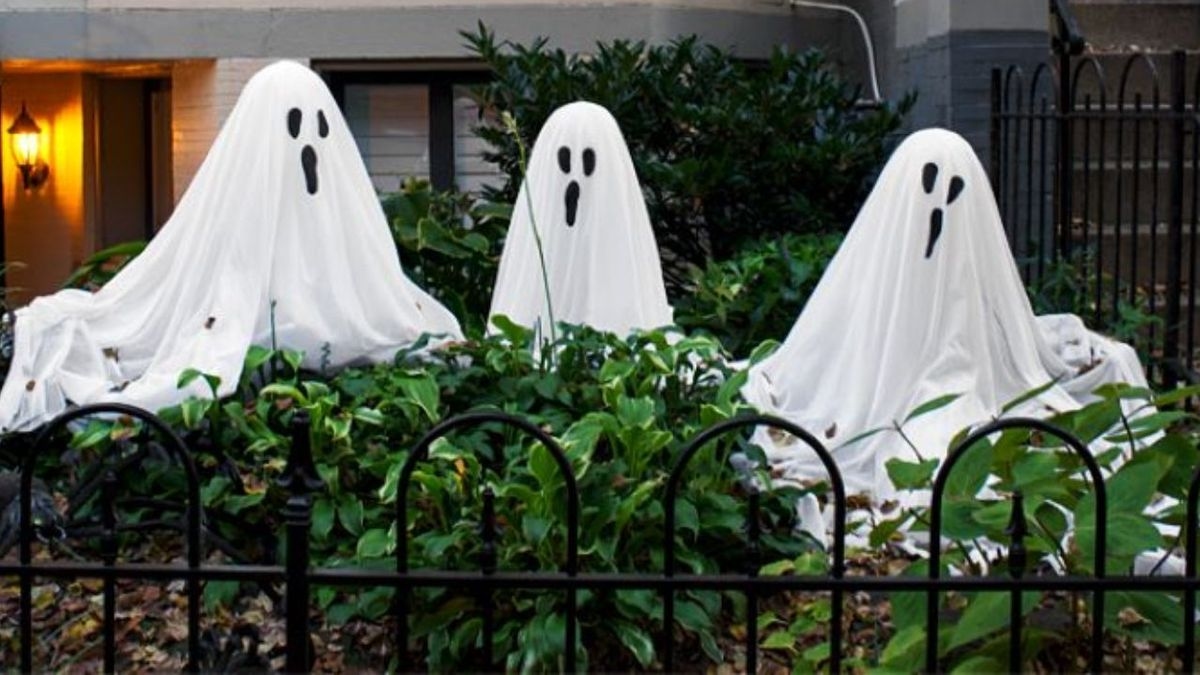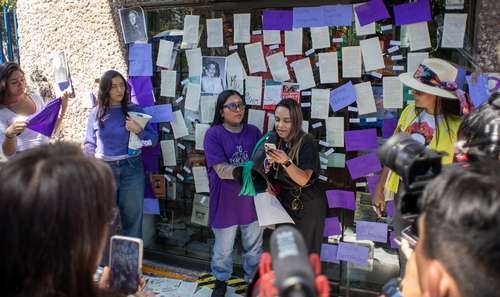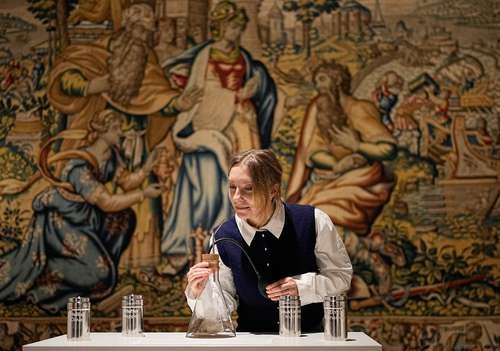The origins of the Halloween festival on Aconcagua Radio

On Aconcagua Radio, Literature professor Inti Bustos reviewed the history of Halloween, from Celtic culture to its arrival in Latin America.
In an interview with Aconcagua Radio , university professor of Language and Literature Inti Bustos explained that Halloween has a much older and deeper origin than what is usually portrayed in the media and film. “It’s a very old festival, which began many centuries ago in what was Celtic territory—Ireland, Scotland, Wales—with an agricultural celebration. To make a close comparison, it was something like our grape harvest,” she noted.
According to Bustos, the origin of Halloween dates back to a harvest festival , linked to agricultural cycles and the transition between seasons. "From that point, many micro-celebrations emerged and developed over time, always stemming from that European root," he explained.
The teacher noted that the Celts were an oral culture, without their own writing system, so the information that has been preserved comes mainly from external sources and word-of-mouth transmission. "One of the greatest ways to transmit culture is precisely through festivals," she emphasized.
The transformation of this ancient festival accelerated around the 8th century AD, when Pope Gregory III decided to incorporate pagan celebrations into the Christian calendar. “He understood that if Christianity was to advance, it had to merge with these earlier festivities. Thus, All Saints' Day, November 1st, was instituted, dedicated to honoring martyrs and saints,” Bustos explained.
In this way, the eve of All Saints' Day —October 31— became known as All Hallows' Eve, an expression that eventually evolved into the word Halloween.
Bustos explained that the use of masks and costumes, one of the most recognizable Halloween traditions, stems from Celtic beliefs about the night when the veil between the world of the living and the dead became thinner. “On that night, the boundary between light and darkness became blurred. People disguised themselves so that the spirits wouldn't recognize them and take them to the other world. It was a way to trick the wandering souls,” he said.
Over time, these practices were adapted and spread, first in Europe and then in North America, where Halloween took its modern form, with children trick-or-treating, carved pumpkins, and themed parties.
From Ireland to ArgentinaToday, this holiday has an increasing presence in Latin America , including Argentina, where global cultural influence has led to Halloween becoming integrated—especially among younger generations—into popular celebrations.
“Beyond cultural or geographical distance, something remains constant: the human need to celebrate cycles, to symbolize the passage between one stage and another. In that, Halloween continues to be an heir to those ancient harvest festivals,” Bustos concluded.
Listen to the full interview here and you can listen to the radio live at www.aconcaguaradio.com
losandes





